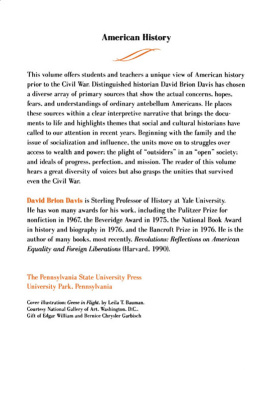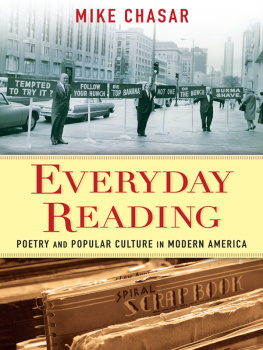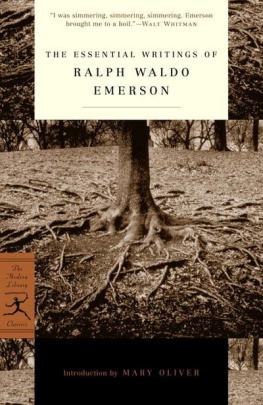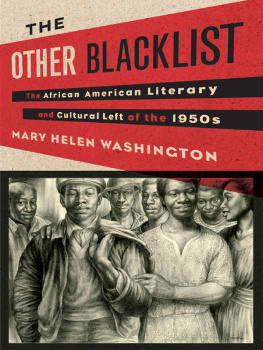Cover

| title | : | The Antebellum Period American Popular Culture Through History |
| author | : | Volo, James M.; Volo, Dorothy Denneen |
| publisher | : | Greenwood Publishing Group |
| isbn10 | asin | : | 0313325189 |
| print isbn13 | : | 9780313325182 |
| ebook isbn13 | : | 9780313052972 |
| language | : | English |
| subject | United States--Civilization--1783-1865, United States--History--1815-1861, Southern States--Civilization--1775-1865, Popular culture--United States--History--19th century, Popular culture--Southern States--History--19th century. |
| publication date | : | 2004 |
| lcc | : | E166.V65 2004eb |
| ddc | : | 973.6 |
| subject | : | United States--Civilization--1783-1865, United States--History--1815-1861, Southern States--Civilization--1775-1865, Popular culture--United States--History--19th century, Popular culture--Southern States--History--19th century. |
Page i
The Antebellum Period
Page ii
This page intentionally left blank.
Page iii
The Antebellum Period
JAMES M. VOLO
AND DOROTHY DENNEEN VOLO
American Popular Culture Through History
Ray B. Browne, Series Editor

GREENWOOD PRESS
Westport, Connecticut London
Page iv
Library of Congress Cataloging-in-Publication Data
Volo, James M., 1947
The Antebellum Period / James M. Volo and Dorothy Denneen Volo.
p. cm.(American popular culture through history)
Includes bibliographical references (p. ) and index.
ISBN 0313325189 (alk. paper)
1. United StatesCivilization17831865. 2. United StatesHistory18151861.
3. Southern StatesCivilization17711865. 4. Popular cultureUnited States
History19th century. 5. Popular cultureSouthern StatesHistory19th century.
I. Volo, Dorothy Denneen, 1949 II. Title. III. Series.
E166.V65 2004
973.6dc22 2004043892
British Library Cataloguing in Publication Data is available.
Copyright 2004 by James M. Volo and Dorothy Denneen Volo
All rights reserved. No portion of this book may be
reproduced, by any process or technique, without the
express written consent of the publisher.
Library of Congress Catalog Card Number: 2004043892
ISBN: 0-313-32518-9
First published in 2004
Greenwood Press, 88 Post Road West, Westport, CT 06881
An imprint of Greenwood Publishing Group, Inc.
www.greenwood.com
Printed in the United States of America

The paper used in this book complies with the Permanent Paper Standard issued by the National Information Standards Organization (Z39.481984).
10987654321
Page v
Contents
Series Foreword
byRay B. Browne | vii |
Introduction | ix |
Timeline of the Antebellum Period | xiii |
Part I
Everyday Life: The World of Youth | |
Chapter 1. | Everyday America | |
Chapter 2. | The World of Youth | |
Part II
Popular Culture | |
Chapter 3. | Advertising | |
Chapter 4. | Architecture | |
Chapter 5. | Fashion | |
Chapter 6. | Food | |
Chapter 7. | Leisure Activities | |
Chapter 8. | Literature | |
Chapter 9. | Music | |
Chapter 10. | Performing Arts | |
Chapter 11. | Travel | |
Page vi
Chapter 12. | Visual Arts | |
Costs in the Antebellum Period | |
Notes | |
Suggested Reading | |
Index | |
Page vii
Series Foreword
Popular culture is the system of attitudes, behaviors, beliefs, customs, and tastes that define the people of any society. It is the entertainments, diversions, icons, rituals, and actions that shape the everyday world. It is what we do while we are awake and what we dream about while we are asleep. It is the way of life we inherit, practice, change, and then pass on to our descendants.
Popular culture is an extension of folk culture, the culture of the people. With the rise of electronic media and the increase in communication in American culture, folk culture expanded into popular culturethe daily way of life as shaped by the popular majority of society. Especially in a democracy like the United States, popular culture has become both the voice of the people and the force that shapes the nation. In 1782, the French commentator Hector St. Jean de Crvecoeur asked in his Letters from an American Farmer, What is an American? He answered that such a person is the creation of America and is in turn the creator of the countrys culture. Indeed, notions of the American Dream have been long grounded in the dream of democracythat is, government by the people, or popular rule. Thus, popular culture is tied fundamentally to America and the dreams of its people.
Historically, culture analysts have tried to fine-tune culture into two categories: elitethe elements of culture (fine art, literature, classical music, gourmet food, etc.) that supposedly define the best of societyand popularthe elements of culture (comic strips, bestsellers, pop music, fast food, etc.) that appeal to societys lowest common denominator. The so-called educated person approved of elite culture and scoffed at popular culture. This schism first began to develop in Western Europe in the
Page viii
fifteenth century when the privileged classes tried to discover and develop differences in societies based on class, money, privilege, and life styles. Like many aspects of European society, the debate between elite and popular cultures came to the United States. The upper class in America, for example, supported museums and galleries that would exhibit the finer things in life that would elevate people. As the twenty-first century emerges, however, the distinctions between popular culture and elitist culture have blurred. The blues songs (once denigrated as race music) of Robert Johnson are now revered by musicologists; architectural students study buildings in Las Vegas as examples of what Robert Venturi called the kitsch of high capitalism; sportswriter Gay Talese and heavyweight boxing champ Floyd Patterson were copanelists at a 1992 SUNY New Paltz symposium on Literature and Sport. The examples go on and on, but the one commonality that emerges is the role of popular culture as a model for the American Dream, the dream to pursue happiness and a better, more interesting life.
Next page




![David Schmid (editor) - Violence in American Popular Culture [2 volumes]](/uploads/posts/book/262757/thumbs/david-schmid-editor-violence-in-american.jpg)







